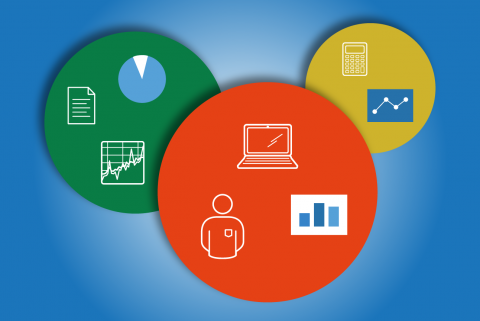CIOs are responsible for making the most of technology in the enterprise, and the wealth of technological options can be overwhelming. Concentrating efforts on the right areas is more important than monitoring every part of the landscape, if they are, in fact, the right areas. I asked Walker White, President of IT data intelligence company, BDNA, for his top three picks:
- Issue 1: Having Lots of Data Instead of Actionable Data: With the 'big data' push to obtain more and more information, it's imperative that IT departments start storing smarter and cleaner data. Instead of using resources and servers to store data that is inaccurate or has no value to its users, enterprises must organize and "clean" its data by incorporating actionable insights that cut through the clutter. According to Forrester, data analysts spend up to 80 percent of their time just trying to create the right data set to draw insights. Collecting "clean data" allows companies to collect less data, cut down on the time it takes to analyze it, free up servers and streamline enterprise infrastructure.
- Issue 2: Taking a Reactive, Not Proactive, Approach to Cybersecurity: Instead of reacting to breaches to the tune of $3 million to $5 million, enterprises need to take the necessary steps to stay in front of the ever-changing cybersecurity landscape. According to a Gartner survey of CIOs, security ranked number 8 on their list of strategic priorities in 2014. Ten years ago it ranked number 1. Security breaches were once largely aimed at disrupting businesses or stealing intellectual property, but hacks are increasingly becoming attempts to steal data. This means that every enterprise, large or small, that stores user or customer information is a potential target.
- Issue 3: Failing to Track the Software Lifecycle: Because most security vulnerabilities exploit security holes in out-of-date software that is no longer supported by its manufacturer, the best foundational, proactive way to protect against those threats is by implementing an enterprise-wide common IT language enriched with asset data. Such automated, continually updating asset data ensures software end-of-life dates are reliably tracked and appropriately flagged, giving enterprises ample time and budget to migrate to new software before becoming vulnerable.
ALSO READ




